Deliverables include project planning, competitive product analysis and market research.
Product design exploration is the second objective of this phase. Our product designers will often sketch during research and the kick-off meeting as ideas and concepts are verbally contributed. Design refinements to the concept sketches may be made after the client's initial review.
-
Phase One:
Concept
Design -
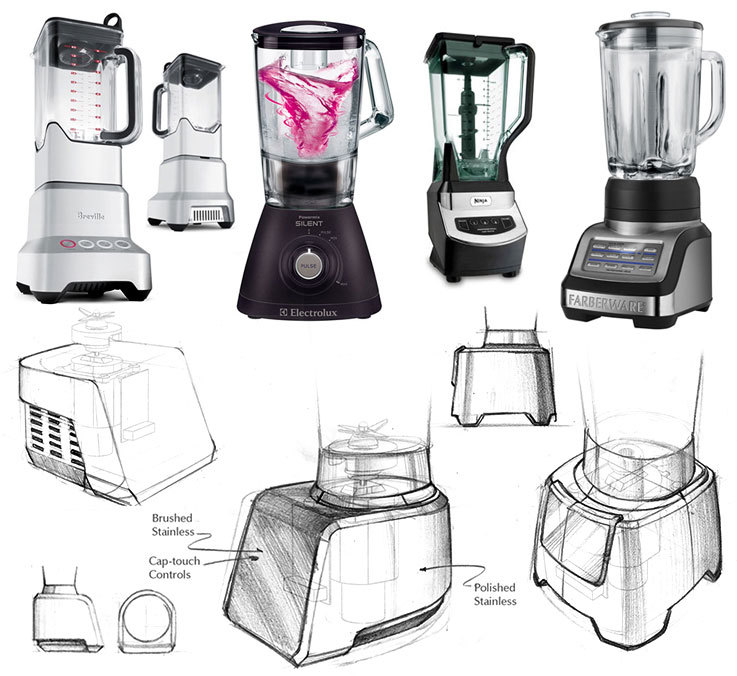
-
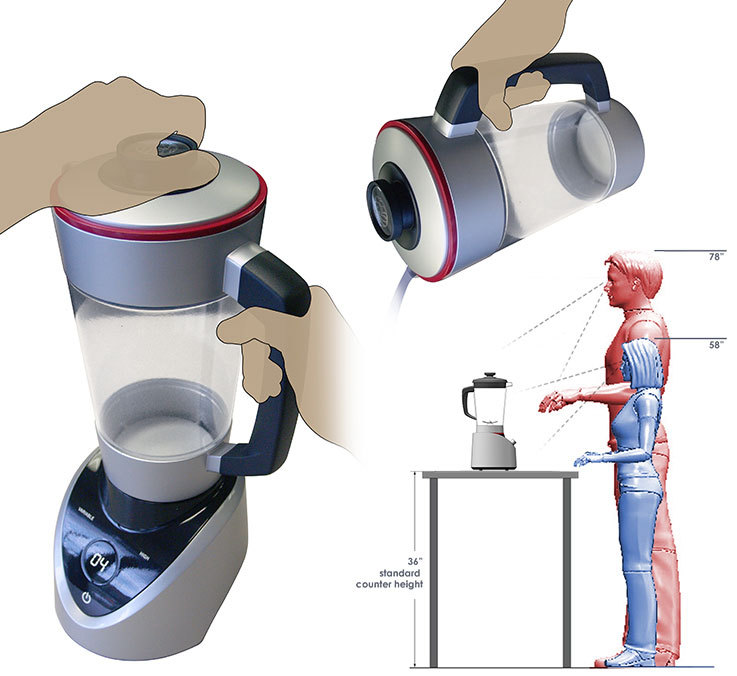
-
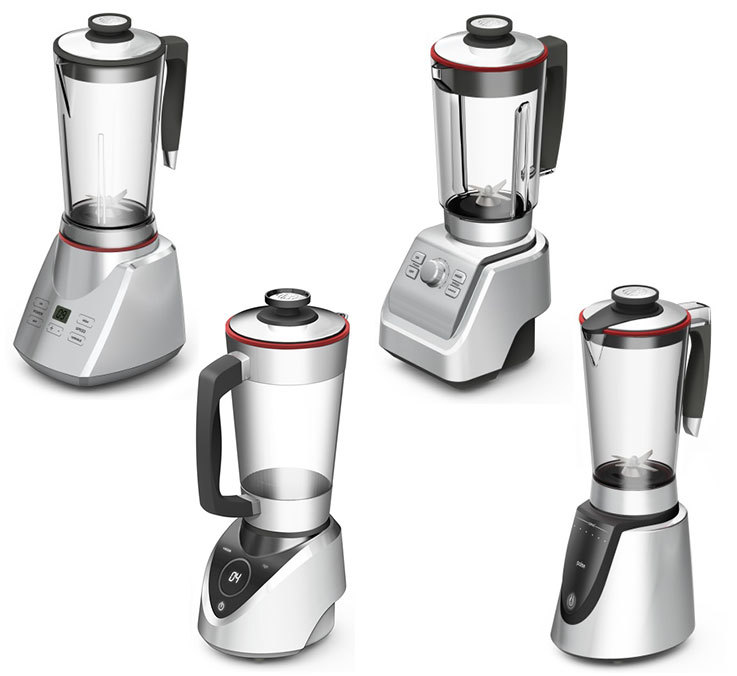
-
Phase Two:
Prototype
Design -

-
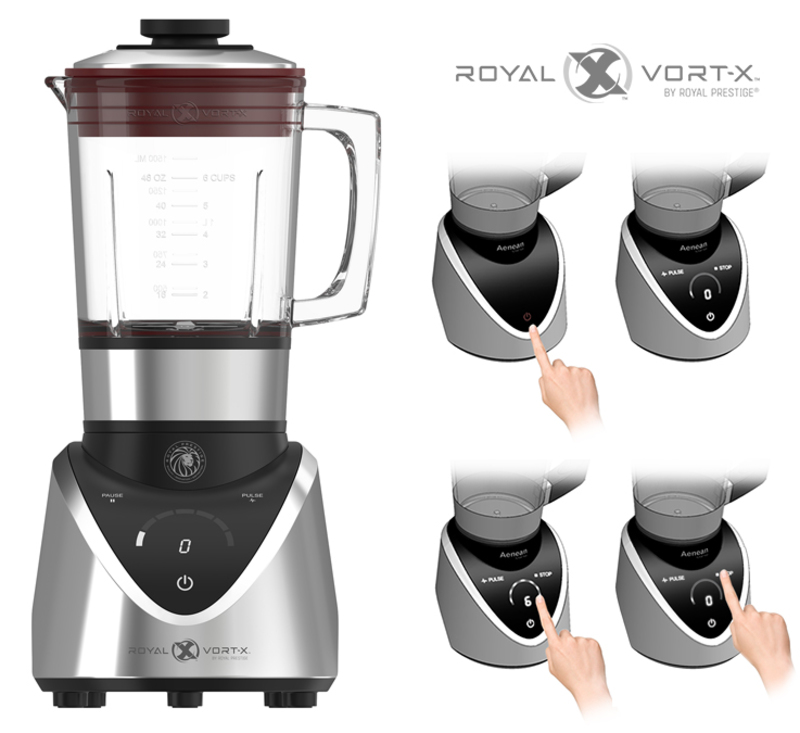
-
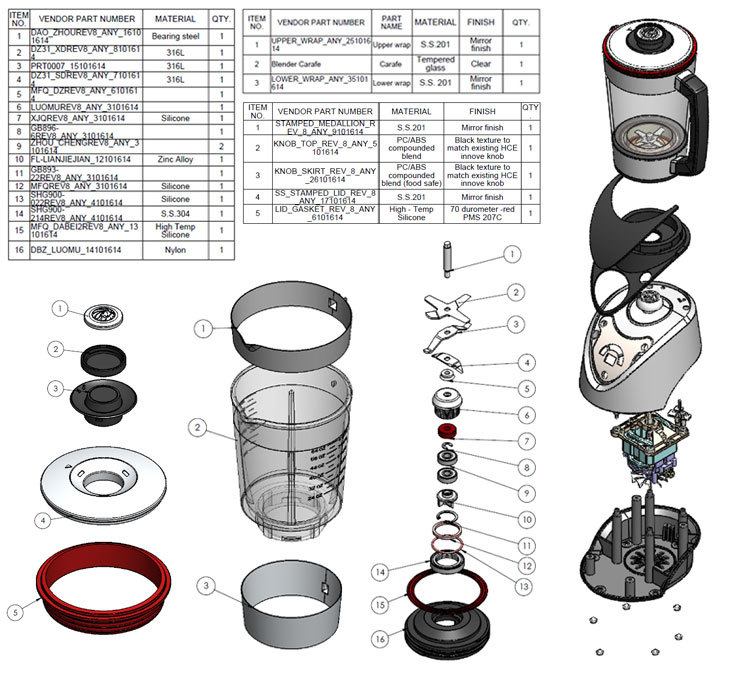
-
Phase Three:
Prototype
Build -

-

-



Phase One:
Competitive Product Research and Concept Brainstorming

Phase One:
Competitive Product Research and Concept Brainstorming
Phase One:
Preliminary Ergonomic Design

Phase One:
Preliminary Ergonomic Design
Phase One:
Concept Renderings

Phase One:
Concept Renderings
Phase Two:
Prototype Design: Solidworks CAD Geometry

Phase Two:
Prototype Design: Solidworks CAD Geometry
The prototype geometry is a valuable template for the final design, however it is not used directly for production tooling. Deliverables of Phase Two include the prototype geometry and preliminary product graphics.
Phase Two:
Refined Industrial Design + Graphic Design / GUI

Phase Two:
Refined Industrial Design + Graphic Design / GUI
Phase Two:
Prototype B.O.M.

Phase Two:
Prototype B.O.M.
Phase Three:
Prototype Build

Phase Three:
Prototype Build
Phase Three:
Prototype Build

Phase Three:
Prototype Build
Phase Three:
Prototype Build

Phase Three:
Prototype Build
Previous
Next
